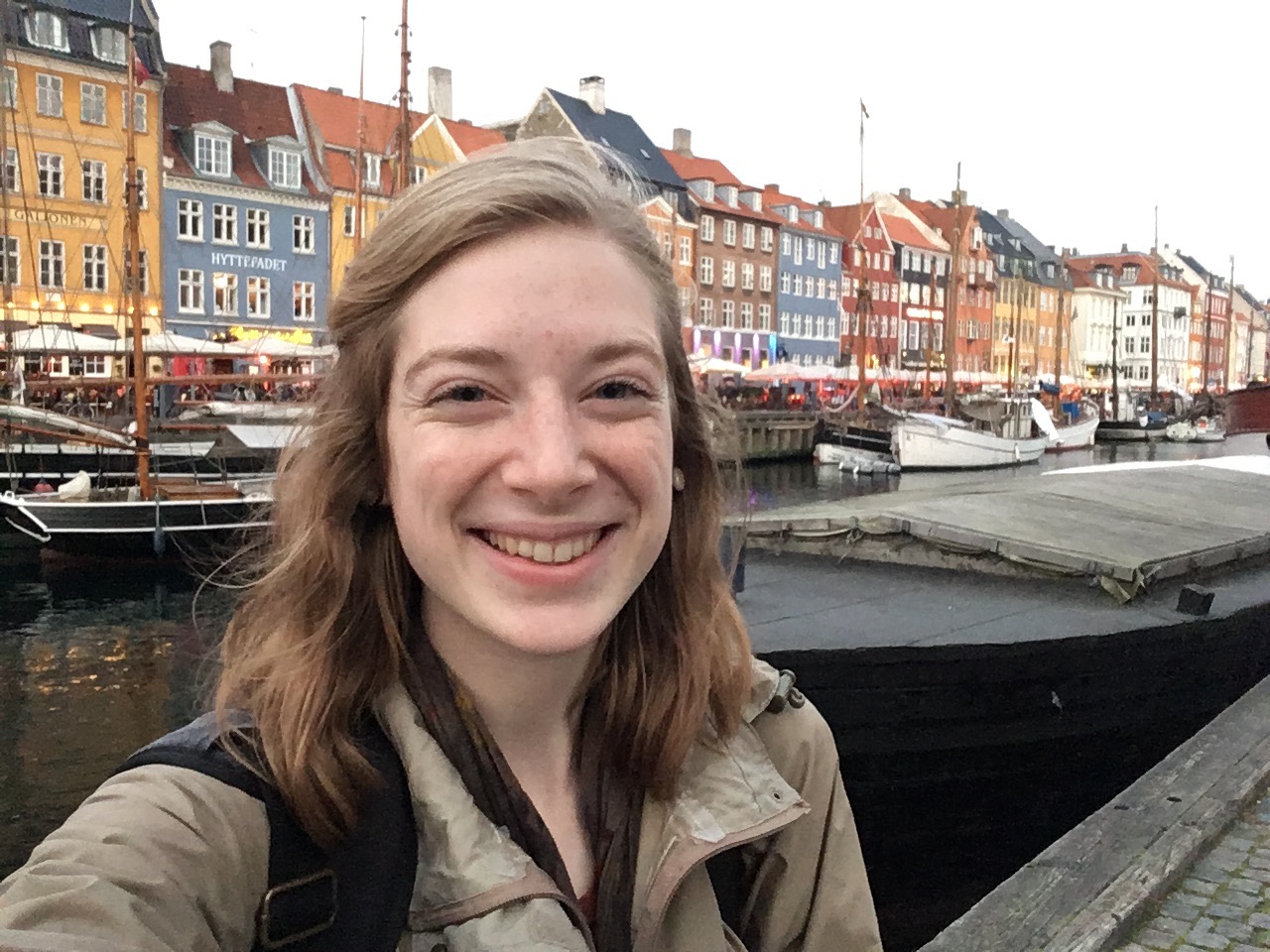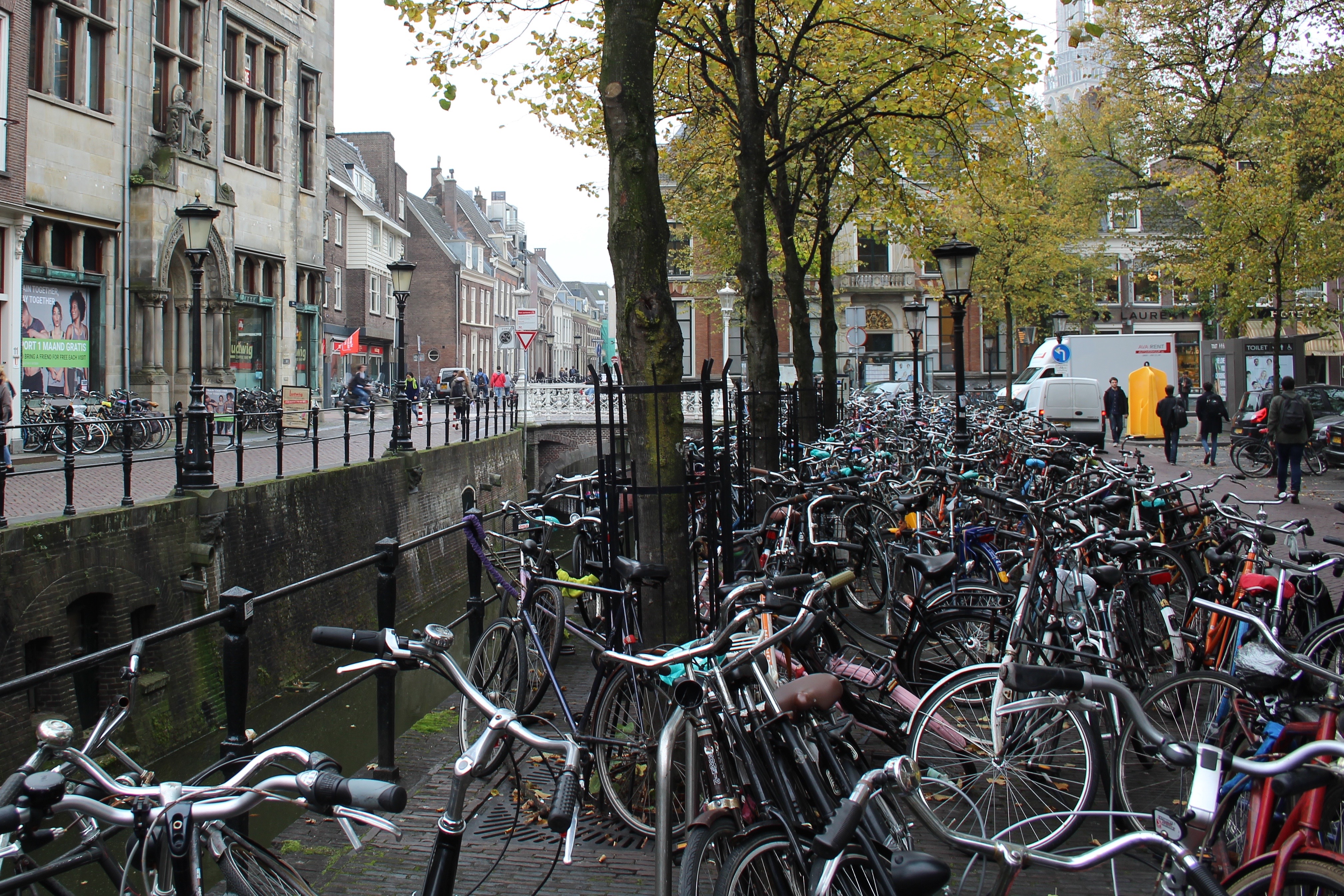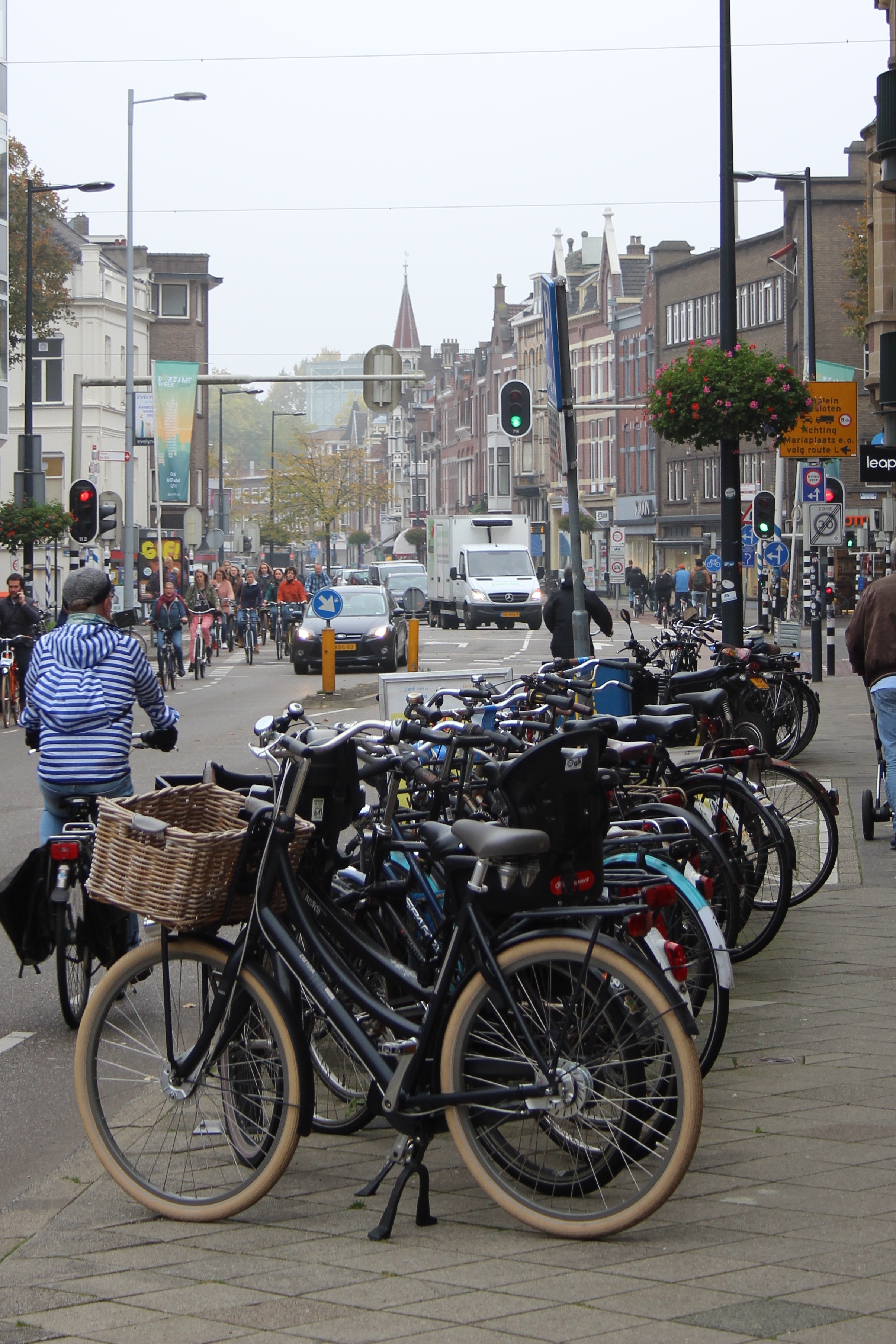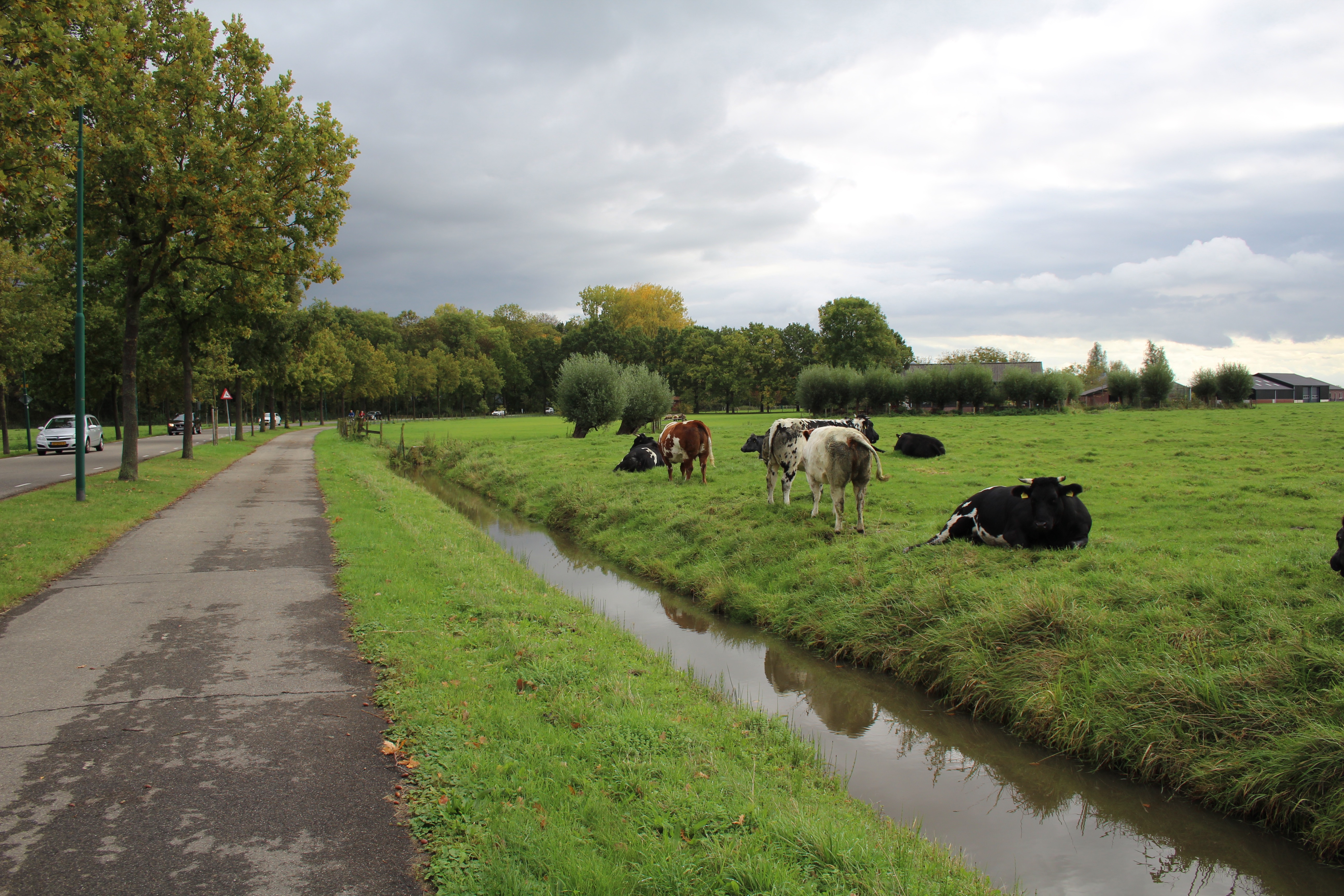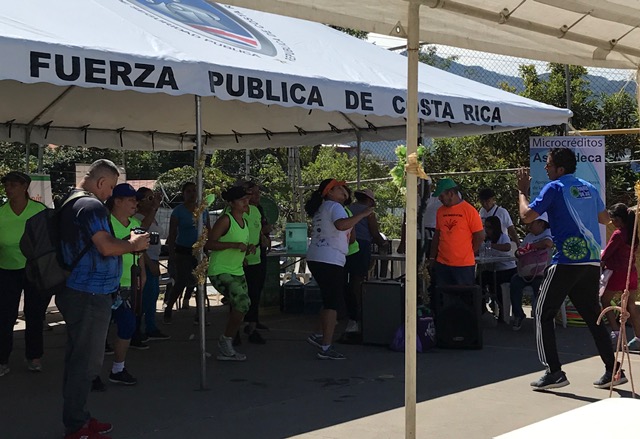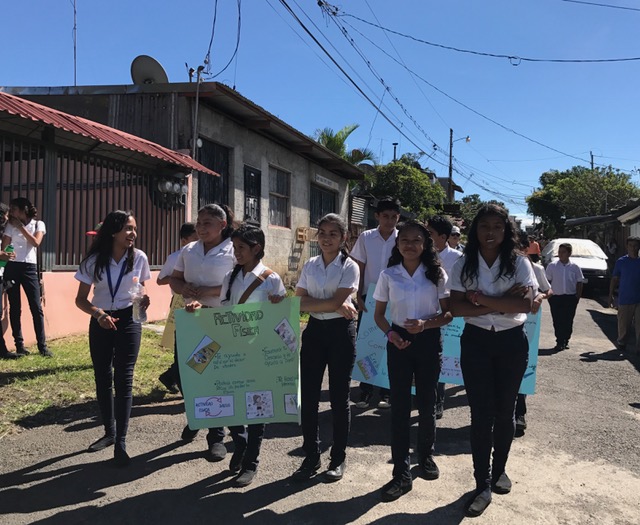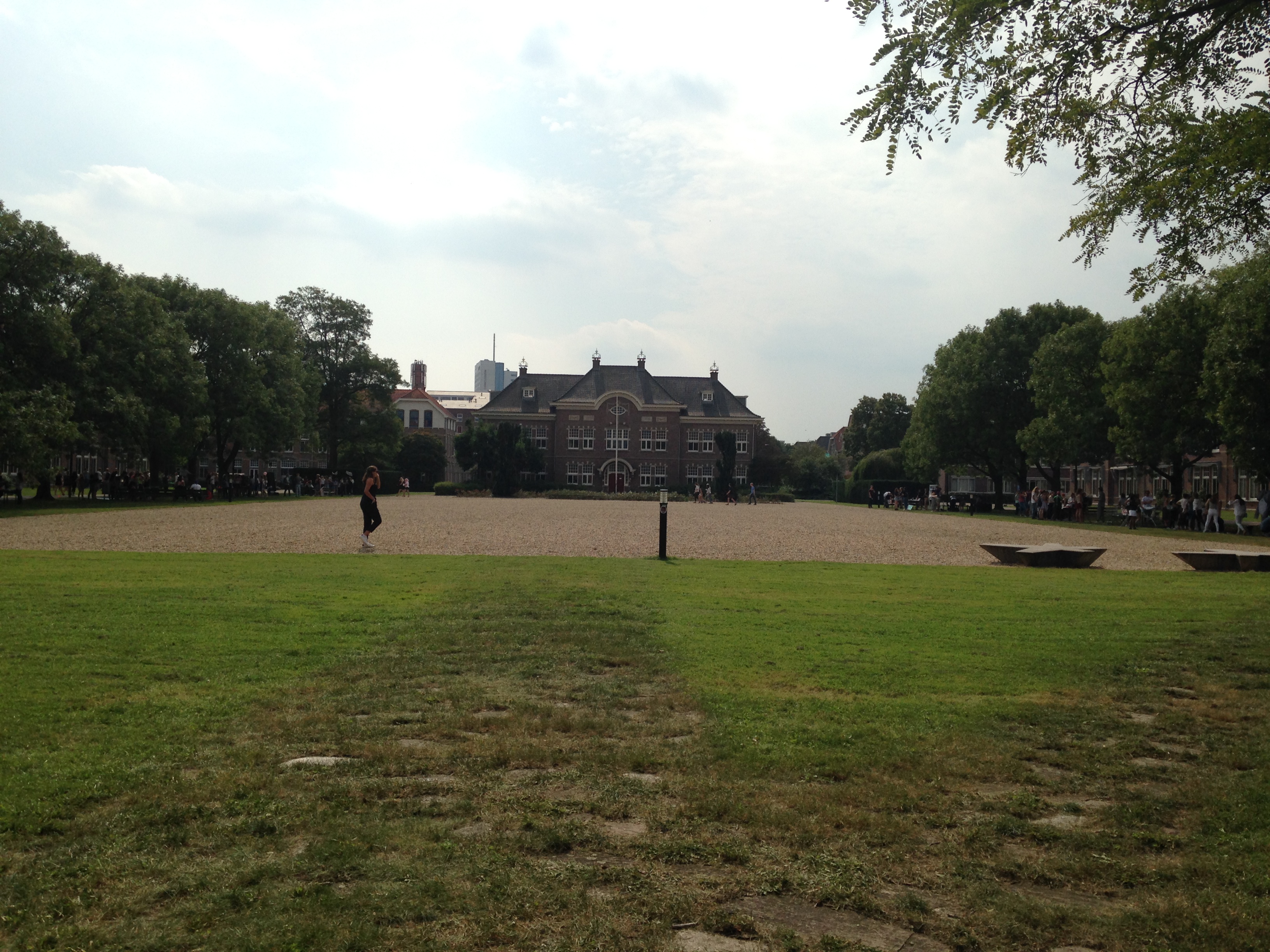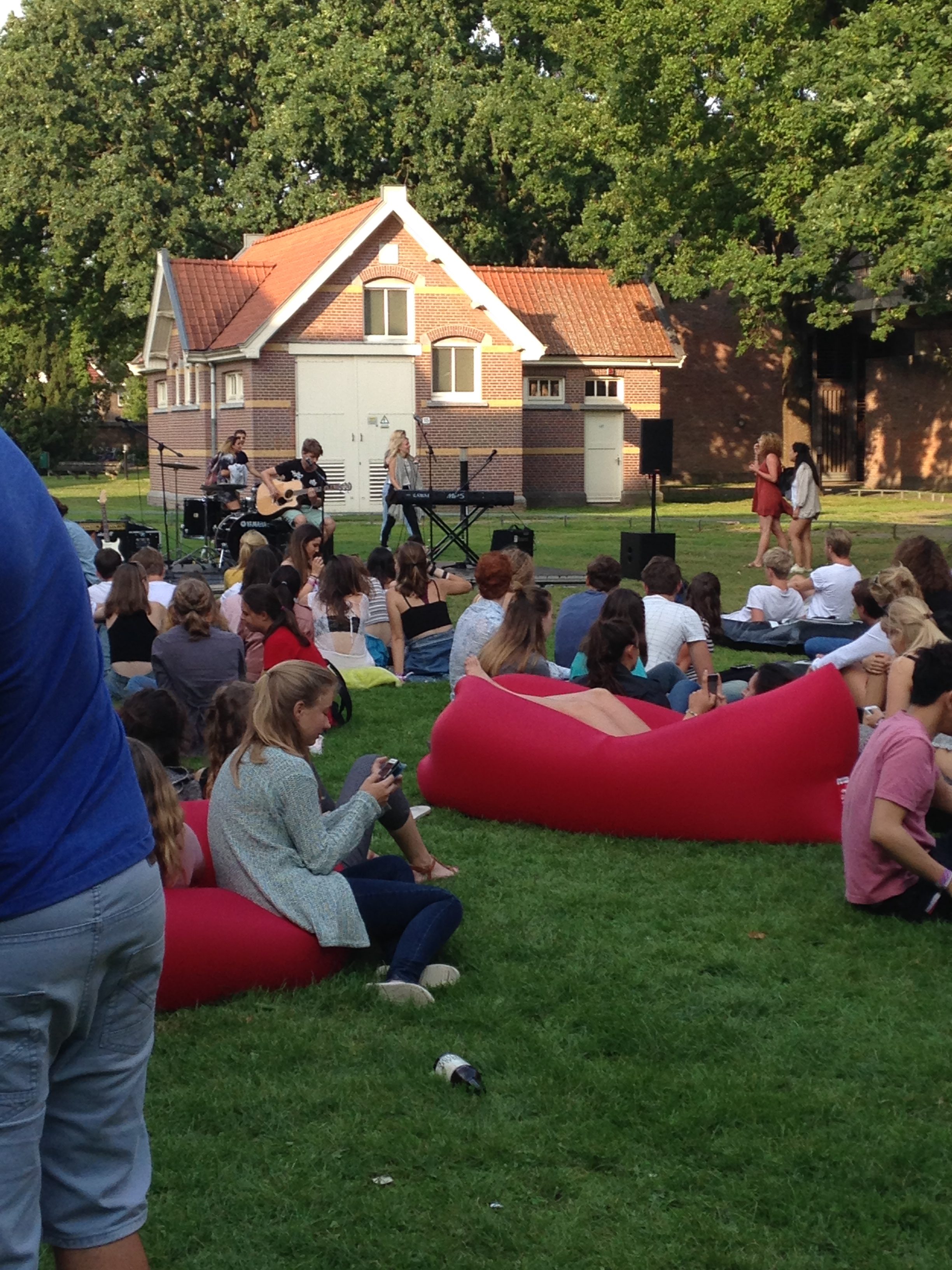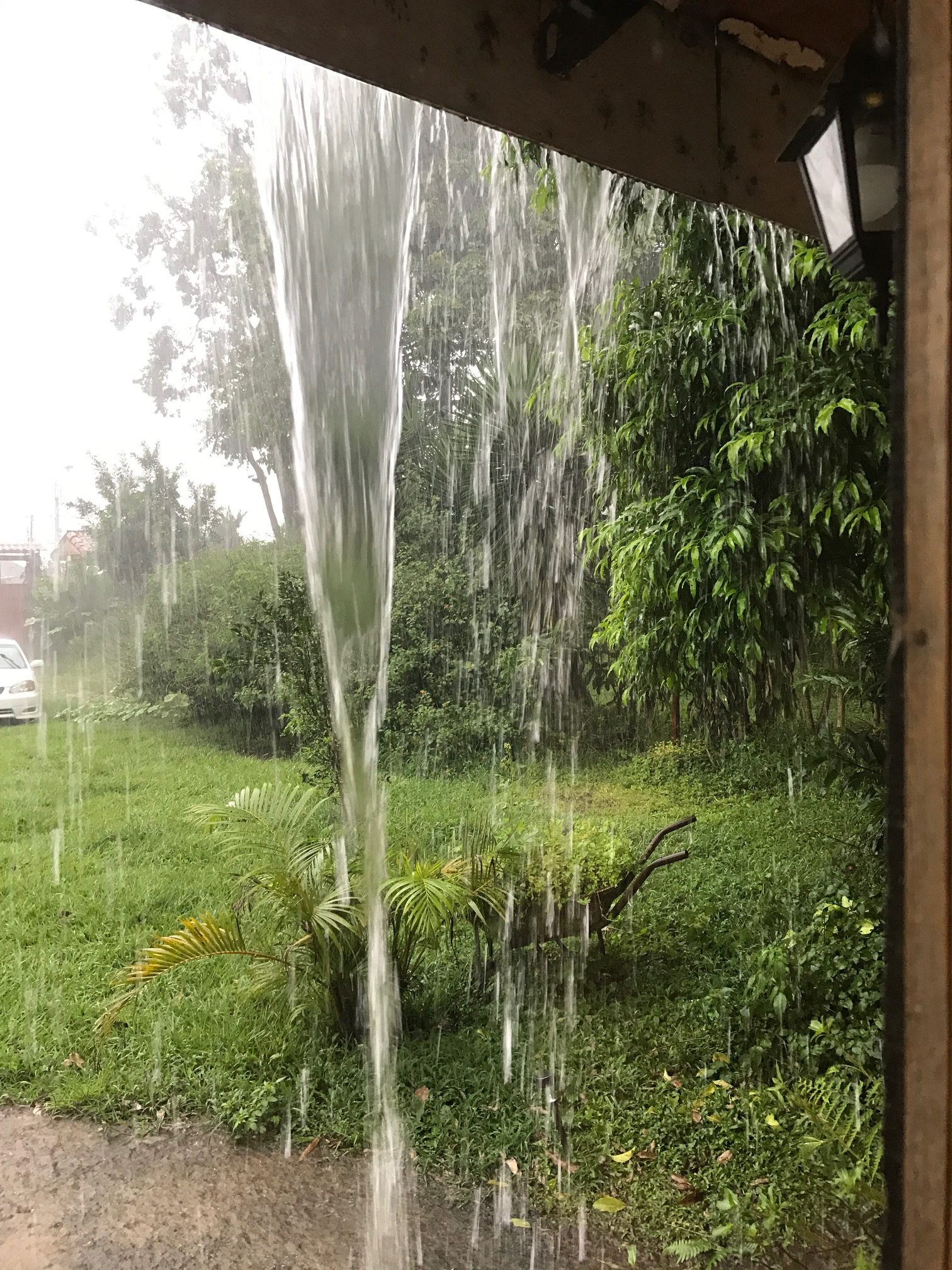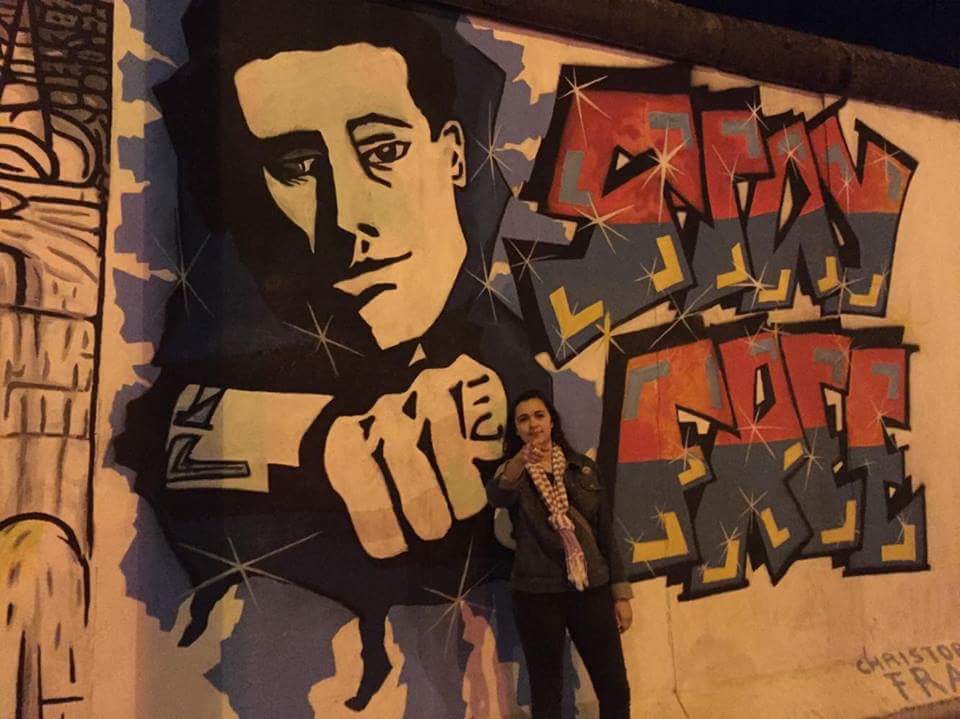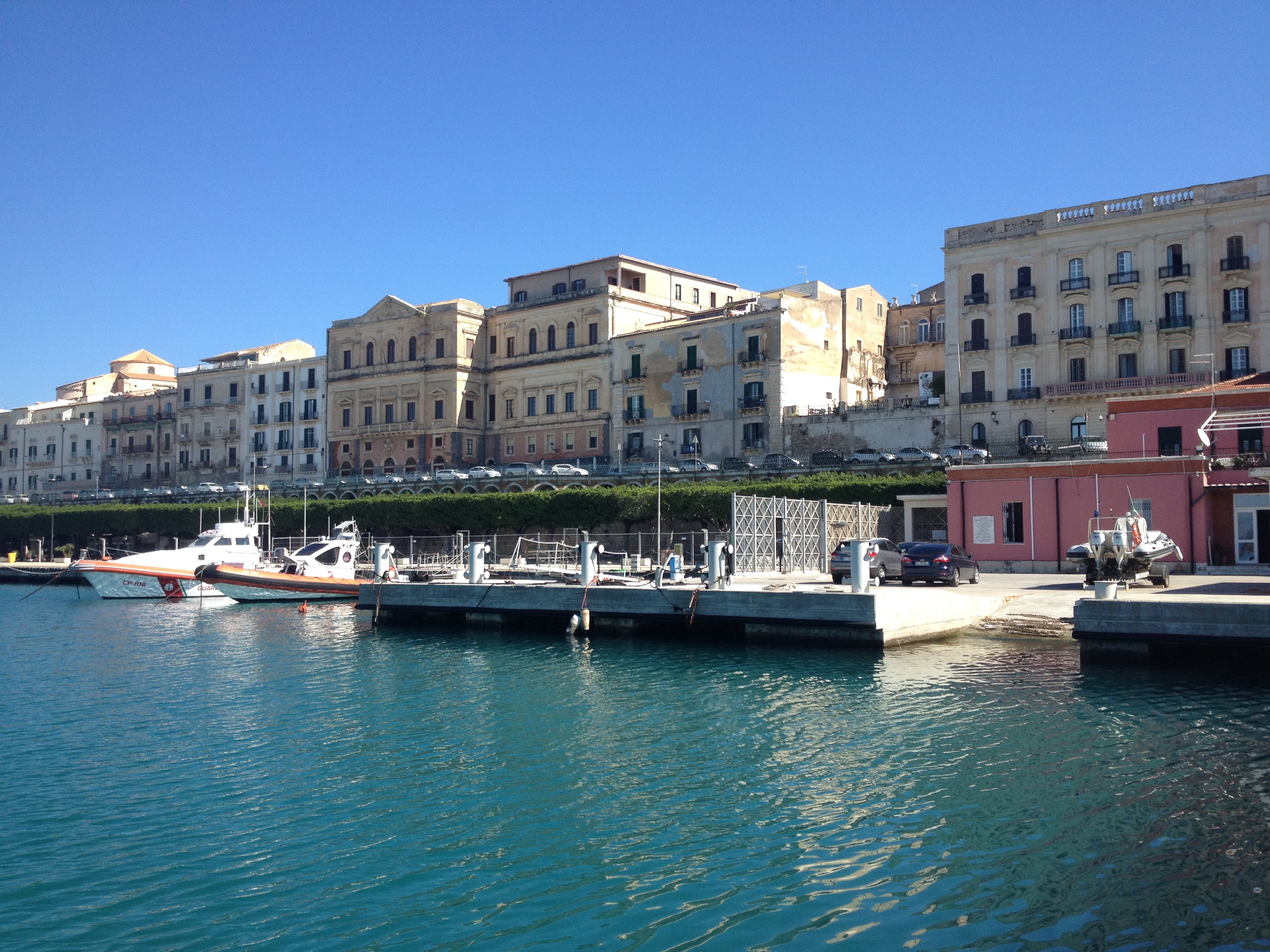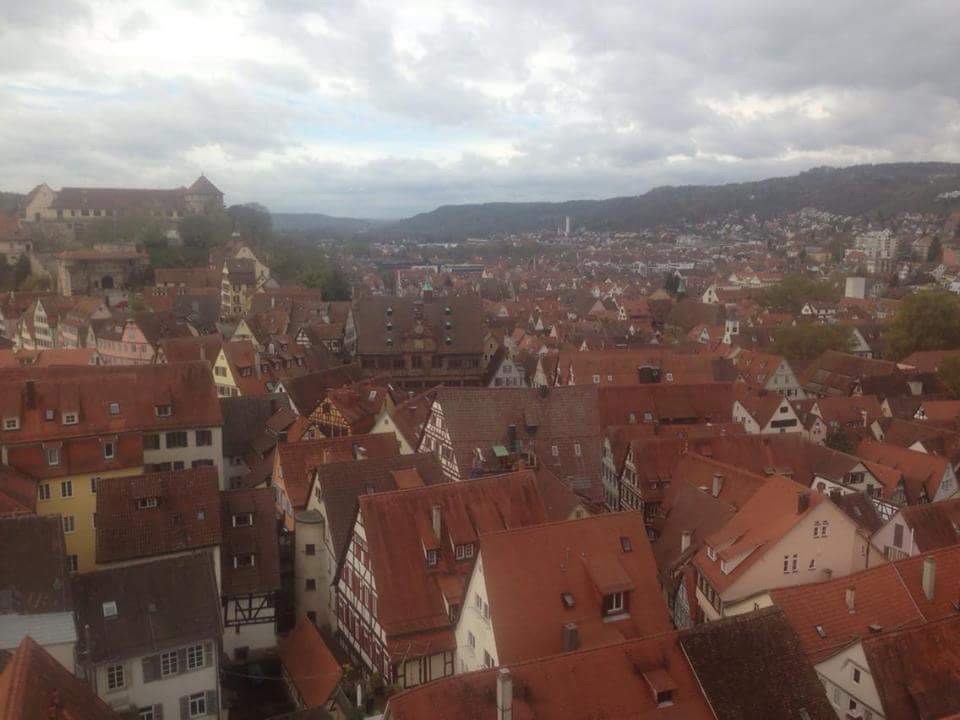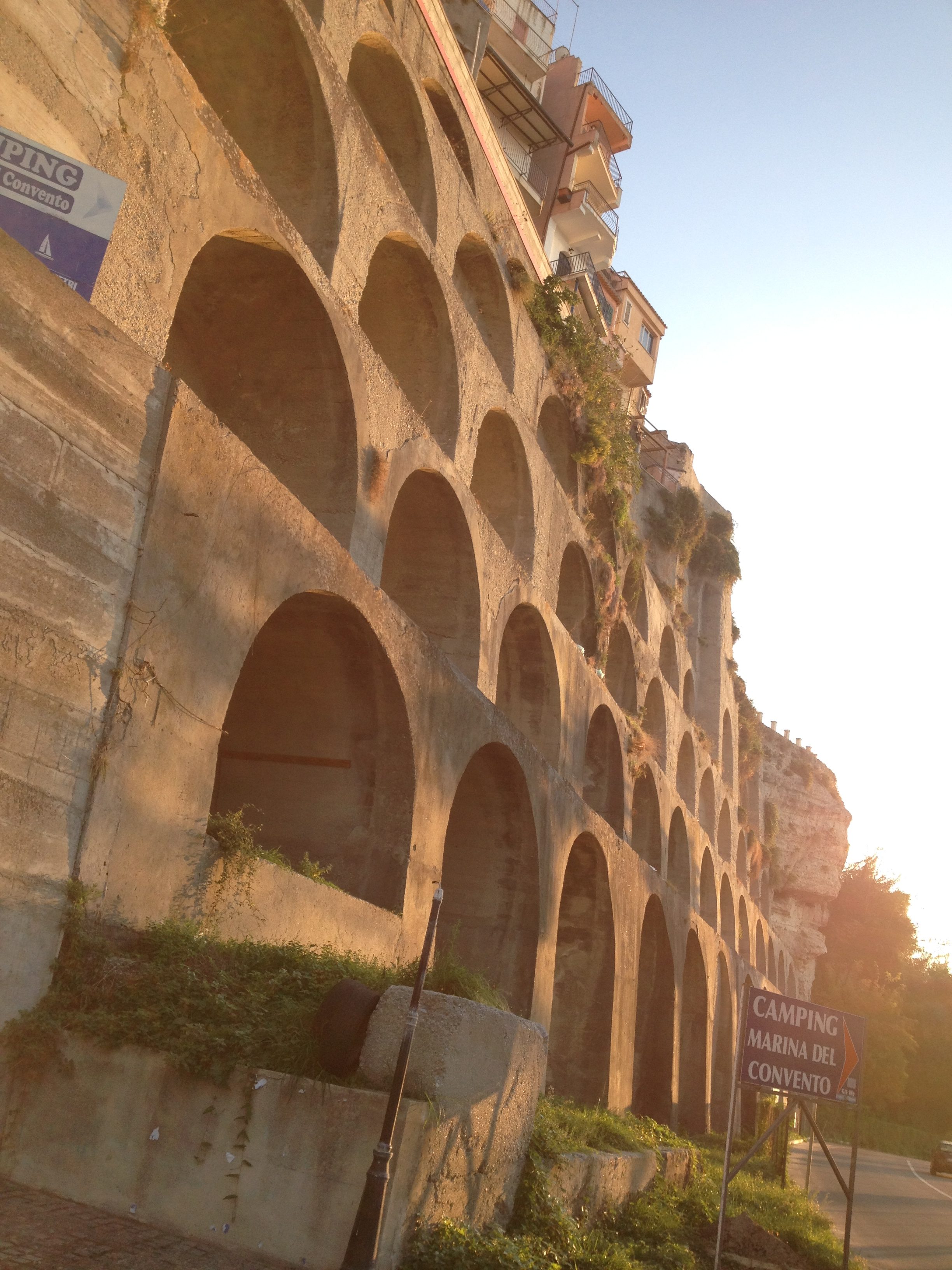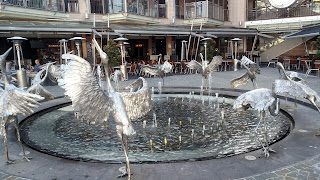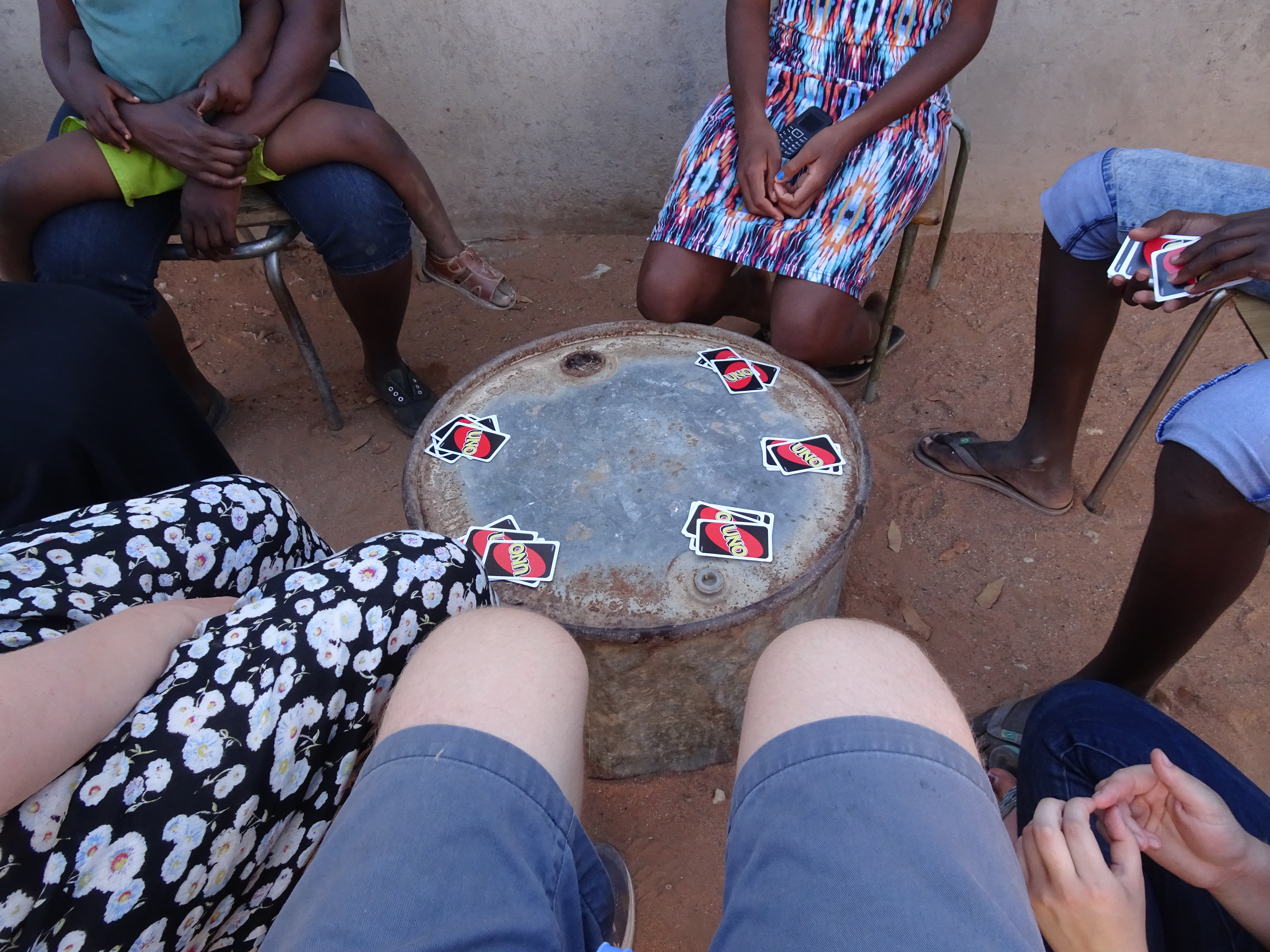Author: Janelle Bouman
Location: Utrecht, Netherlands
One of the main reasons why I chose to study abroad was because I love to travel and experience new places. Some of my best adventures have come from traveling alone. I never would have thought I’d be brave enough to take a trip by myself until I actually did just that for the first time. I’ve been on a few solo trips by now: a year and a half ago, when I was 19, I traveled through France by myself for a week. This semester abroad, I’ve added solo adventures to Copenhagen during my fall break, and a long weekend in Berlin. I sometimes get moderately shocked reactions when people learn that I’ve traveled by myself, but I think everyone should do this! The more experienced I get, the more comfortable and enjoyable it becomes. I cannot recommend the experience highly enough to my fellow travelers. Here are a few of the reasons why:
You have to get out of your comfort zone
This is the obvious reason, but also probably the most important one. Traveling by yourself is certainly intimidating, especially if you’ve never done it before. But I’m a strong advocate for going out there and trying the things that might scare you. Before I left on my first solo trip, I was questioning why I had decided to do this and wondering if I would actually be up for it. It turned out to be one of the best experiences of my life. I guarantee that traveling by yourself will be a little scary, but also inevitably a rewarding challenge and learning experience.
Your itinerary (and your wallet) are completely under your own control
I love museums, castles, and cathedrals. I enjoy simply wandering to take in the sights of a city, stopping to listen to street music, and taking way too many pictures of scenic views. I don’t mind being out in the rain or walking long distances. I also prefer spending as little money as I possibly can. When I am by myself, I don’t have to worry about balancing any of these things against anyone else’s interests or wishes, because my day and my pace are entirely up to me. And the best part is, I am completely free to change my plans on a whim, sometimes resulting in the very best of experiences.
You learn how to figure out things for yourself
Traveling plans never go perfectly, and figuring out how to handle these situations on your own is just part of it. I’ve run into cancelled trains that left me scrambling to not become stranded somewhere, language barriers with no one to translate, and bad weather that ruined an all-outdoor itinerary. You don’t know what sorts of situations you will run into while traveling, but you do know you will learn to adapt to them. By yourself, there is a lot less pressure when things don’t work out like you wanted. Solo travel gives you the experience to handle anything that goes wrong with confidence rather than panic.
You become comfortable spending time by yourself
I’ve definitely heard people express concerns about getting lonely while traveling by themselves. As an extremely introverted person, I probably benefit from (and need!) the alone time of solo traveling more than most people would. But whether you are the same way or not, being comfortable in only your own company is a valuable skill to learn. Traveling by yourself gives you plenty of time to think, reflect, read, or do whatever makes you happy when you are on your own. What better way to do this than by visiting somewhere fantastic?
You get to meet new people
Alone time is important, but so is making friends, and you can balance that when you are traveling by yourself. When you are with others, it’s tempting to stick with the familiarity of only the people you know. By yourself, it’s much easier to break out of that shell and meet new people. Youth hostels are designed for connecting with people: you room with complete strangers, and the buildings usually have hang-out areas, game rooms, and a restaurant or bar. In Copenhagen, my hostel roommates were other university-age women from all over the world. Many travelers who stay in hostels are specifically looking to meet other travelers!
It’s a great self-confidence builder
After returning from my first trip by myself, I felt that if I could do that, I could do anything! Successfully navigating planes and trains in another country is exhilarating, and a huge self-confidence boost. I certainly felt more confident moving to the Netherlands for a semester because I already had experience traveling in other countries by myself. If you like traveling, I highly recommend stepping out of your comfort zone and giving a solo trip a try. It will be a valuable learning experience that you won’t forget!
